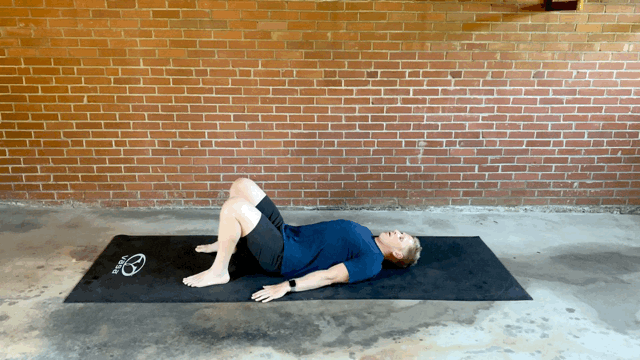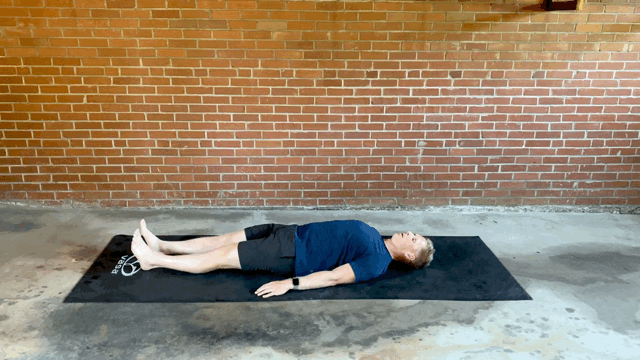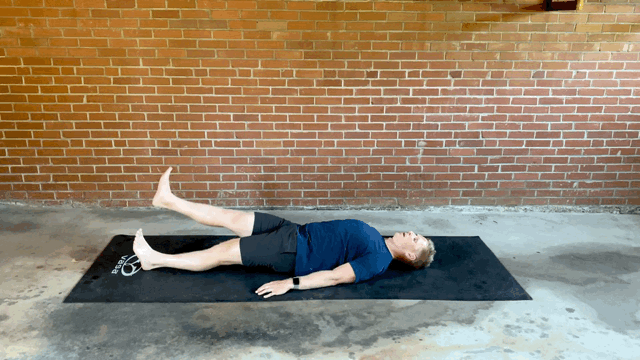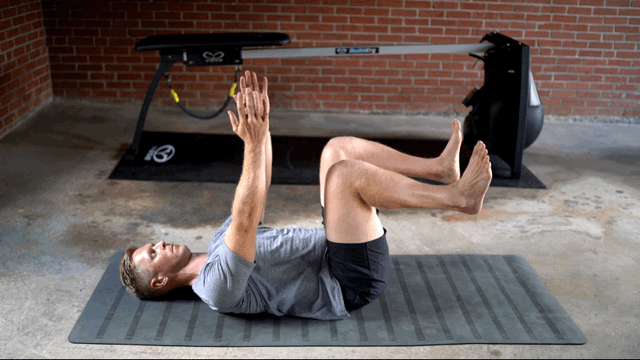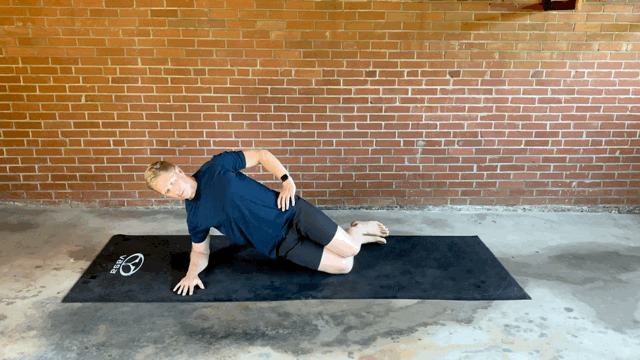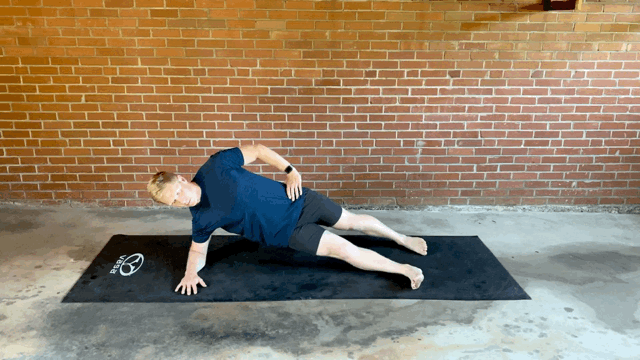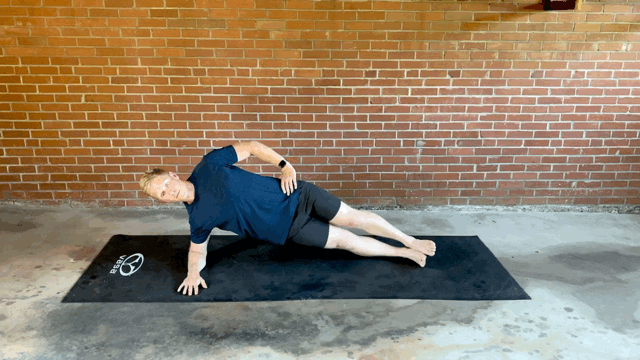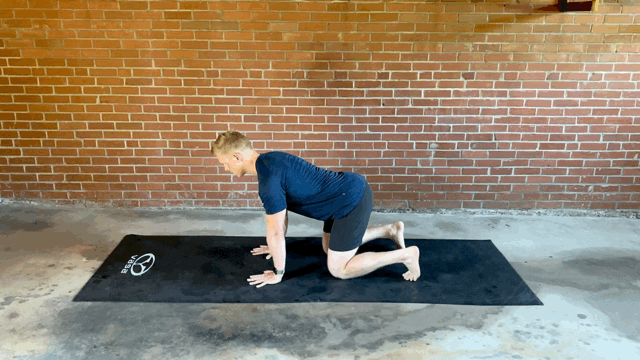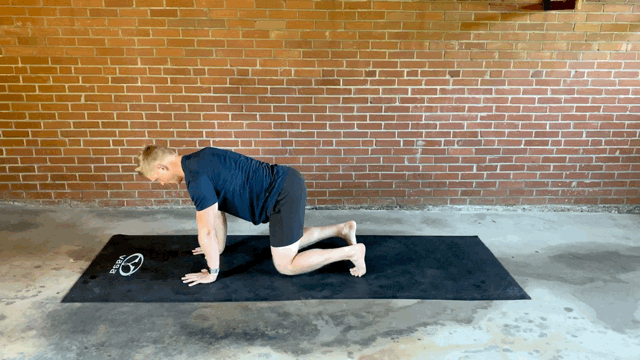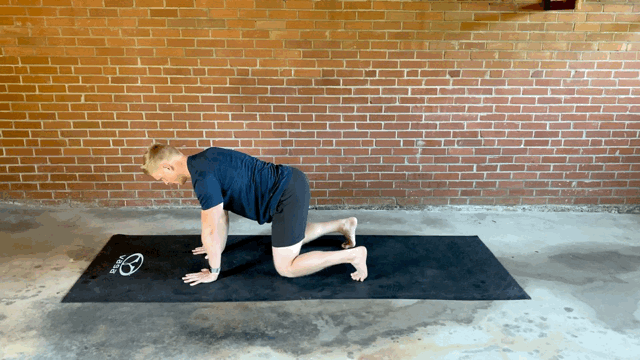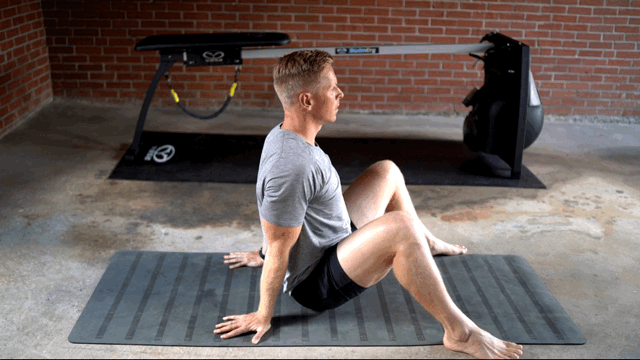How to Strengthen Your Lower Back: Best Core and Back Exercises That Work
/Does your lower back tighten up during workouts - or ache after long days at your desk? You’re not alone. Lower back pain affects up to 70% of people at some point in their lives, whether they’re athletes or weekend warriors.
As a strength coach working with swimmers, endurance athletes, and active adults, I’ve seen firsthand how much a strong back and core can transform both performance and daily comfort. The key isn’t just stretching or foam rolling - it’s building lasting strength and stability from the inside out.
In this guide, I’ll walk you through how to strengthen your lower back with targeted back and core exercises. These movements are grounded in evidence-based strategies, including principles from Dr. Stuart McGill’s The Back Mechanic, DNS (Dynamic Neuromuscular Stabilization), and my own coaching system.
Why a Strong Core Is Essential for Lower Back Health
When people think “core,” they often picture six-pack abs. But your core is much more than that. It’s a deep, interconnected system that stabilizes your spine, transfers force between the upper and lower body, and protects your lower back—especially during high-rep training, long swims, or even a day at the computer.
If you want to prevent injury and perform at your best, you need a strong, functional core that supports your spine without excess compression or compensations.
The goal? Align your head, ribcage, and pelvis. That’s your power zone.
Principles for Strengthening the Lower Back and Core
Before jumping into exercises, focus on three core training principles:
Breathwork: Use diaphragmatic breathing to activate deep core muscles and stabilize your spine reflexively.
Stability First: Build tension through the midline before adding motion or load.
Progressive Loading: Start with simple positions and gradually add complexity, time under tension, and resistance.
How to train your core?
Here’s a series of some of my best core stability practices, inspired by the research of Dr. Stuart McGill, and his seminal work, The Back Mechanic. The movements progress in intensity with orientation to the floor, supine to seated, static stability to dynamic stability, and increased lever lengths.
Give these a shot, to help yourself, or your clients, to not only reduce injury risk, but also build an athletic core. Share this with someone who needs it, and let me know how it goes in the comments, or reaching out here.
The Best Exercises to Strengthen Lower Back
These exercises target both your core and back, progressing from static stability to dynamic movement. They’re designed to build a resilient lower back while addressing common weaknesses.
1. Bilateral Glute Bridge
Bilateral Glute Bridge - A glute, hamstring, and spinal erector dynamic stability exercise. Great for encouraging a posteriorly tilted pelvis, and reduction in lumbar hyperextension.
Bilateral Glute Bridge
2. Marching Bridges
Focus on maintaining a level pelvis as you alternate lifting each leg. This dynamic bridge variation strengthens the glutes, hamstrings, and lower back while challenging your core stability.
Marching Bridges - Dynamic bridge progression. Work to keep your pelvis level, imagining a glass of wine sitting on top of your belt buckle.
3. Locked Single Leg Bridge
A progression of the bilateral bridge. Additionally, the flexed opposing hip, prevents hyperextension in the spine, allowing for authentic hip extension in the working leg.
Leg Locked Single Leg Bridge - A progression of the bilateral bridge. Additionally, the flexed opposing hip, prevents hyperextension in the spine, allowing for authentic hip extension in the working leg.
4. Bilateral Straight Leg Bridge
Bilateral Straight Leg Bridge - Long lever bridge, increasing the demands on the hamstrings and glutes.
Single Leg Straight Leg Bridge - single leg progression, increasing load and fitness, one leg at a time.
5. Dead Bug
A classic core and back workout that emphasizes stability. Flatten your lower back against the mat and focus on controlled limb movements to resist rotation.
Dead Bug - Mobile hips and shoulders through a stable core. Flatten your lower back to the mat, by pulling your waistband to your belly button. Keep the bottom corners of your ribs, connected and stacked over the top corners of your pelvis.
6. Side Plank Variations
From split stance side planks to stacked leg versions, these core and back exercises build lateral stability and connect the shoulder to the hip. Start with a static hold and progress to dynamic movements.
Side Bridge - Static lateral line stability. Connecting the fascia of the shoulder to the knee.
Dynamic Side Bridge - Dynamic progression, encouraging lateral line stability coupled with hip extension.
Split Stance Side Plank - level length progression with a wide stable footprint.
Side Plank - Increased stability demands with legs stacked.
7. Cat Cow
Cat Cow - A progression in posture from side lying with an emphasis on spinal mobility, lumbopelvic rhythm.
8. 4-Point Plank with Alternating Limb Lifts
Elevate your core stability by lifting opposing limbs while maintaining a neutral spine. Imagine balancing a glass of water on your back—control is key.
4 Point Plank - static stability. knees are one inch off the ground, with back flat like a table, with four legs, through your arms and hips.
4 Point Plank with Alternating Limb Lifts - Knee elevated, contralateral limb alternation. Resist rotation, and weight shifting here, by impinging a glass of wine on your lower back.
9. Bird Dogs
Great for dynamic core and back engagement. Extend opposite arm and leg while maintaining a stable torso. This exercise is especially beneficial for swimmers working on efficient strokes.
Birddogs - Increased lever length and dynamic movement. Maintain a neutral table top spine, as you coordinate mobilizing your opposite hip and shoulder.
10. Forearm and High Planks
Build static stability with planks. Begin with a forearm plank and progress to a high plank, ensuring your spine remains neutral and your core engaged throughout.
Forearm Plank - Increase lever length, static stability, with a stable forearm base.
High Plank - Increased demand on the plank, in the high push up position.
11. Hand-Supported Seated 90/90
Improve hip mobility while keeping your core and spine stable. This movement enhances rotational strength and flexibility, crucial for athletes.
Hand Supported Seated 90/90 - finishing with an upright seated hip mobility exercise, to improve internal and external rotation of the hip, through a stable spine and core.
Optional Equipment for Lower Back Core Workouts
Adding simple tools can help target key areas:
Stability Ball – For core planks and bridges
Mini Bands – To challenge glutes during bridges and bird dogs
Foam Roller – Great for spinal mobility and recovery between sessions
Build a Lower Back That Lasts
Whether you’re training for performance or just want to feel better day to day, these lower back and core exercises create a strong foundation. You don’t need complicated machines—just consistency, proper technique, and a plan that progresses over time.
Ready to Train Smarter?
If you're looking to strengthen your lower back and core with personalized support, I offer virtual coaching and app-based training programs for swimmers and endurance athletes.
👉 Contact me for a free coaching call to talk through your goals.
Or check out the Bodyweight Core Training Program – no equipment required.

